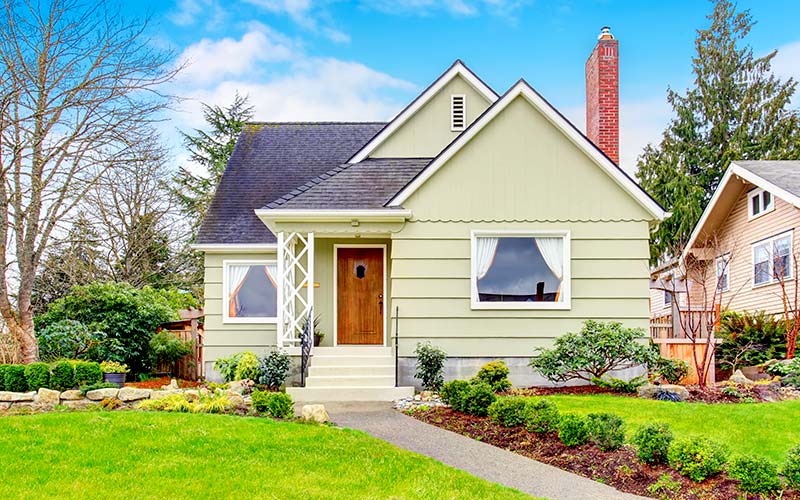1. The following recommendations are made below
2. New Wood Surface Preparation For Painting
3. Wood Species and Wood Grain Affect Paint Success
In general, less dense woods hold paint better than more dense woods. . Also, within a single species, vertical-grain (also called edge-grain) wood holds paint much better than the more common flat-sawn lumber, primarily because flat sawn wood shrinks and swells more from changes in relative humidity.
4. Clean the Wood Surface Before Application of Paints / Stains
The best paint in the world can fail within the first year if applied over a wet, dirty, or degraded substrate. So the first priority is to make sure that the material being painted is sufficiently dry and clean.
5. Temperature and Time of Day Impact on Paint Job Success
Oil-based paints should be applied when it is over 40°F; for latex coatings the temperature should be at least 50°F during application and for 24 hours after. Also it is best not to apply paint too early or too late in the day. If the dew has not evaporated in the morning, both oil and latex may have adhesion problems. If applied within two hours of sunset and a heavy dew forms before the paint dries, latex paints may streak and oil-based paints may not cure properly.
6. Importance of Priming New Wood Before Painting or Staining
7. Use a Paint or Stain Primer Compatible with the Paint or Stain Top Coat
Be sure that the primer you select for your paint job is compatible with the type of coating you intend to use for the top-coat. Read the manufacturer’s label-instructions and check with your paint supplier. Painting some top coats atop the wrong primer is a guarantee of a failed paint job that shows up as wrinkling, cracking, or loss of adhesion of the building coating.

